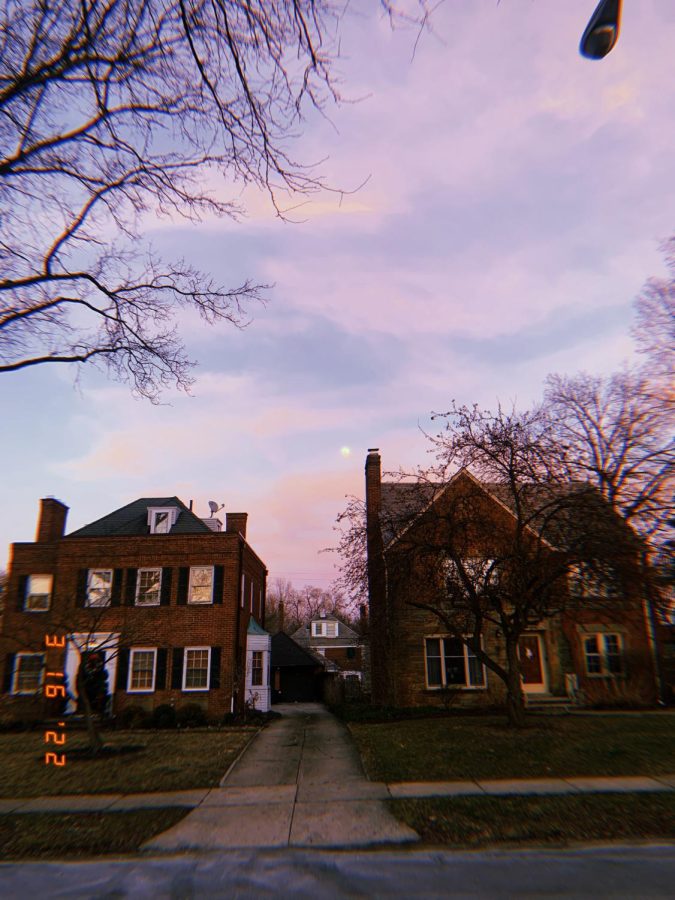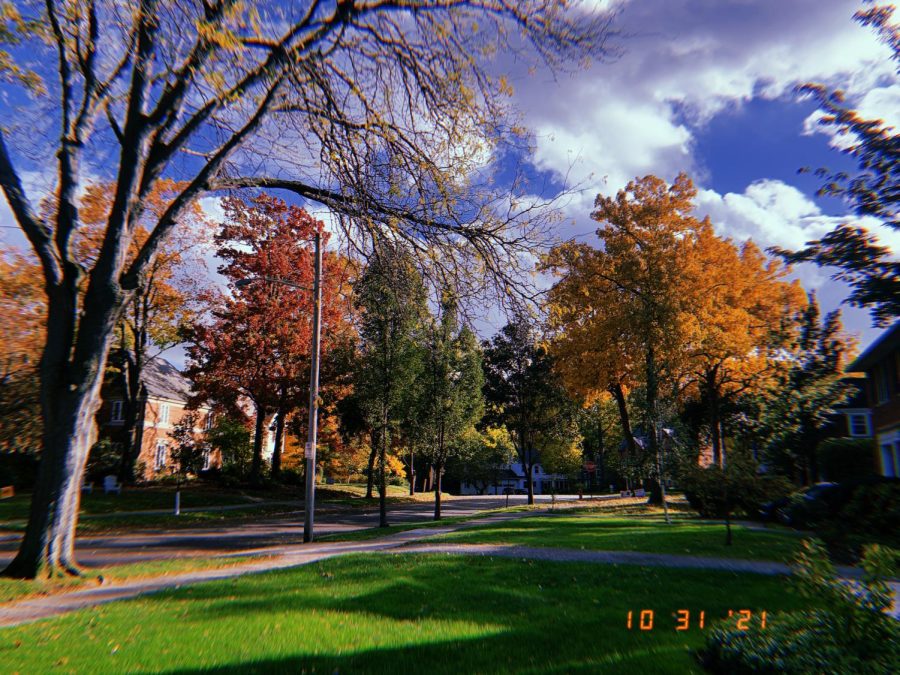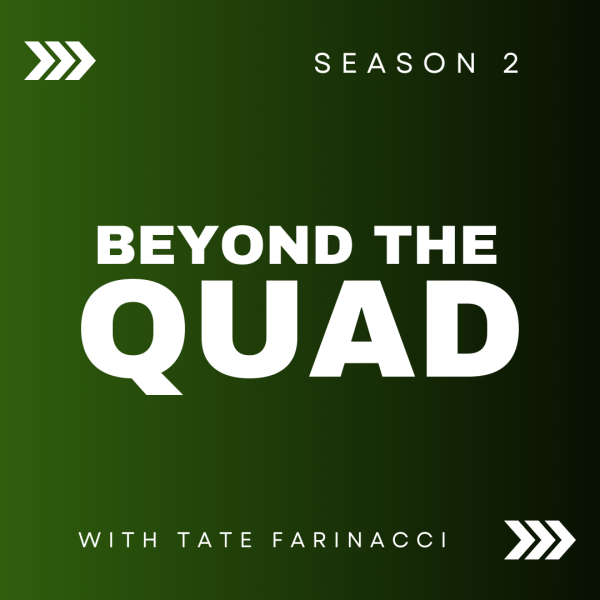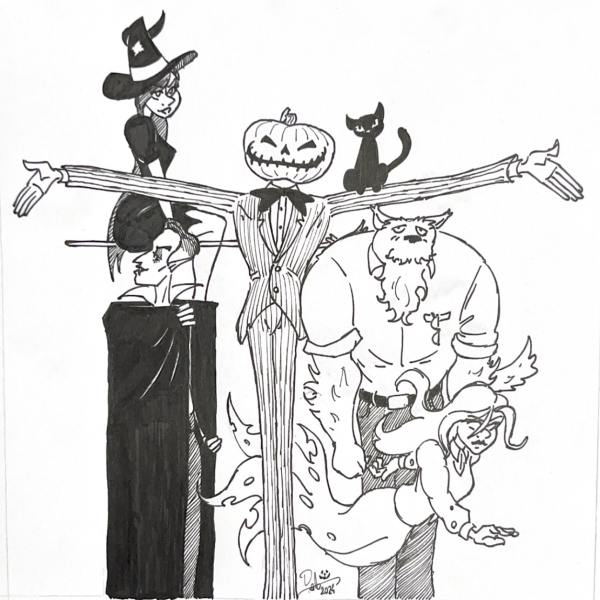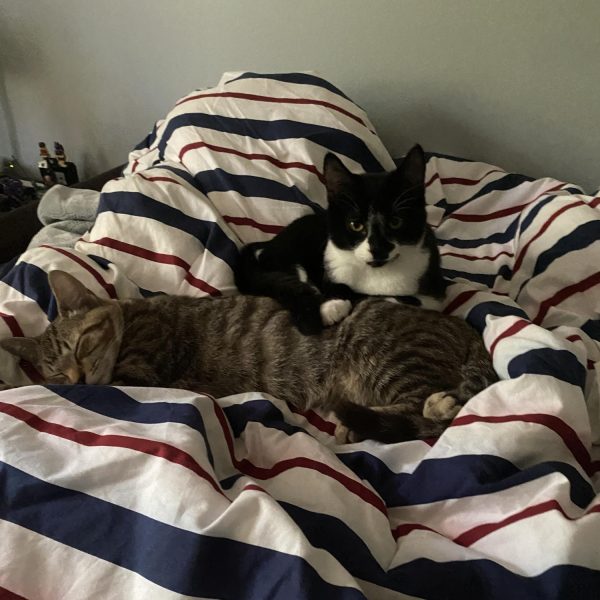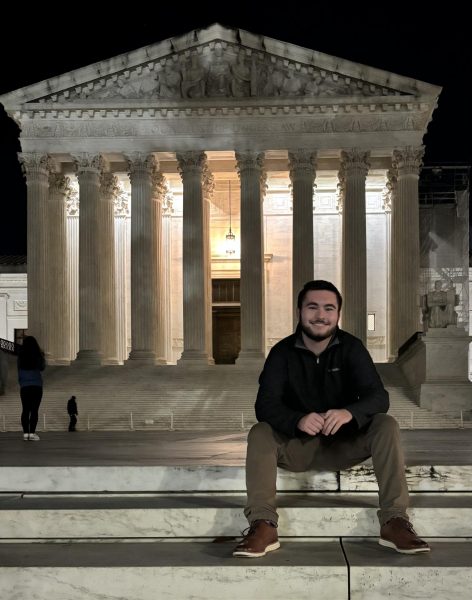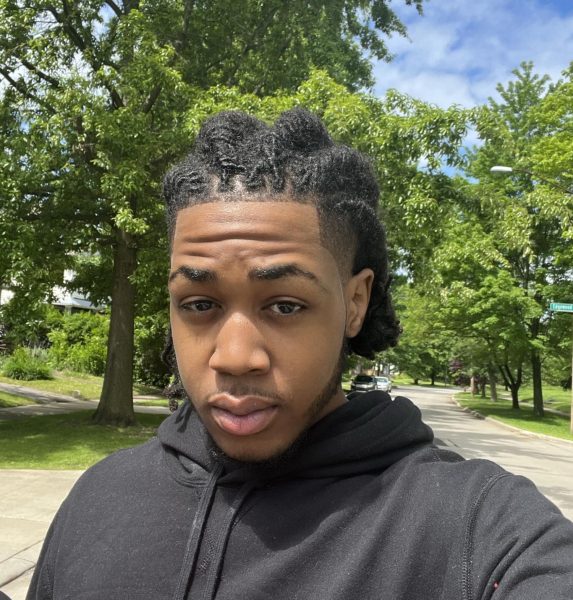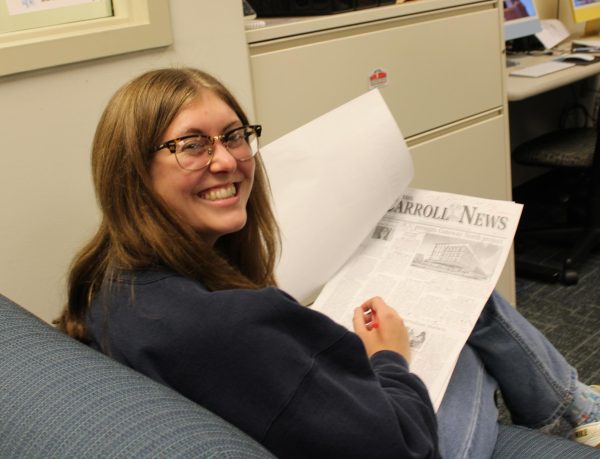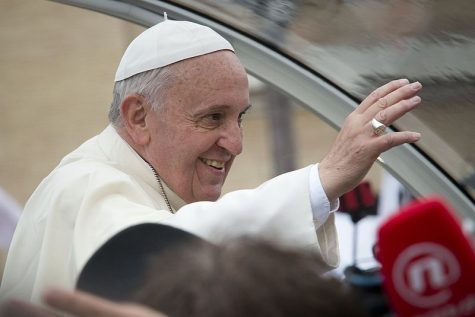An ode to suburbia
Behold, the frontier to nowhere
Editor-at-Large, TJ Lindstrom, discusses suburbia and his thoughts on this facet of society.
I grew up on the edge of a city –– a small, midwestern city called Chicago. The population of Chicago is 2,746,388. Population in the metro area is 9,618,502.
72% of people in the Chicagoland area live in the suburbs. Most of us who have at least a credible claim to the demonym Chicagoan live outside the city proper. Extrapolate this out to the entire country: 31% in cities, 14% in rural areas and the rest –– 55% of us –– in that space between.
In some overly romantic way, Americans have always been frontiers-people, always living on the precipice of an old, European, aristocratic, kind of way and the new, earthy, egalitarian kind of way –– that claim to manifest destiny; that empire of liberty. Ignored, of course, were the millions of un-people already here, already living the new, earthy, egalitarian kind of way. And so, the frontier was always flawed. A kind of a dream, a new world –– for a certain kind of people.
And so the suburbs. The automobile. White flight. Redlining. A kind of a dream, a new world –– a certain kind of people. So maybe, if we hadn’t –– shouldn’t have, anyways. But we did. This is it, the path we chose. As always, there is work to be done, amends to be made, reparations to be paid. As a 22-year-old college senior, I understand this now, or at least I try. But back then –– a kid, making leaf piles and kicking cans and such –– how was I supposed to know?
So there I was born: on a frontier to nowhere.
I loved the suburbs growing up. It was a sheltered little bubble world. “A good place to raise a family,” in Coldwell Banker speak. And, that it was. Safe, quiet, good schools, parks, a trick-or-treaters paradise –– but always a hollowness.
At first, my siblings and I identified this as the boredom of the place. As we grew up, that one park around the corner suddenly became insufficient. We began to sense the shallowness of our world; the lack of any real community, any real attraction.
I got older, took AP US History, read a book and began to identify the injustice beyond just the aesthetic emptiness bemoaned by a younger me. I learned about white flight, redlining and the like. I began to look around at a lot of white faces. I read about climate change; the sprawl began to suffocate. I fell in love, also, with urbanism. I thought of a different world. Bigger, more colorful, closer, open, dynamic, deep.
I grew uneasy with the world I called home. I developed a constant, low-level guilt; like static playing over the rest of my suburban life. There were moments I loved the place. There are overwhelming memories, of friends, of family, of trees and of quiet –– lots and lots of quiet.
And, still today, I live just a few blocks from campus. I remember meeting with my guidance counselor junior year of high school for our mandatory college conversation. My one criteria –– based on what I still don’t know. The politics? The people? Some vague groping at cosmopolitanism? –– was that my college had to be urban. I wanted to be a city kid…so that worked out well.
But, as things tend to do, it did work out. In my four years here, I’ve developed an almost pathological devotion to walking. Sure, you can walk in the city, but a two-hour walk at midnight with the crickets chirping scoring the affair? Never. Suburbia is a night-walker’s paradise. No cars, no people. Just endless pavement, endless combinations of routes.
All that pavement, I used to hate –– still hate…sometimes –– now offers the only self-help practice I’ve ever found. All that boredom my siblings and I used to complain about now is full of endless wonder: countless varieties of trees (I visit my favorites from time to time), little houses (each complete with a whole family’s worth of drama) and deer (try to feed them apples sometime).
I’m supposed to restate my thesis in my conclusion and I’m running out of column space here. So, are the suburbs good or bad? Truth is, I don’t really know. At the risk of sounding French or something, perhaps the suburbs are what you make of them. Bad history, bad urban design, sure. But it’s home for most of us and there’s lots to love. So, sure, let’s make the suburbs a little greener, more accessible and a whole lot more diverse and let’s start by showing them a little love in return. Step one: enjoy this gallery of suburban appreciation photos I’ve collected over the years.


